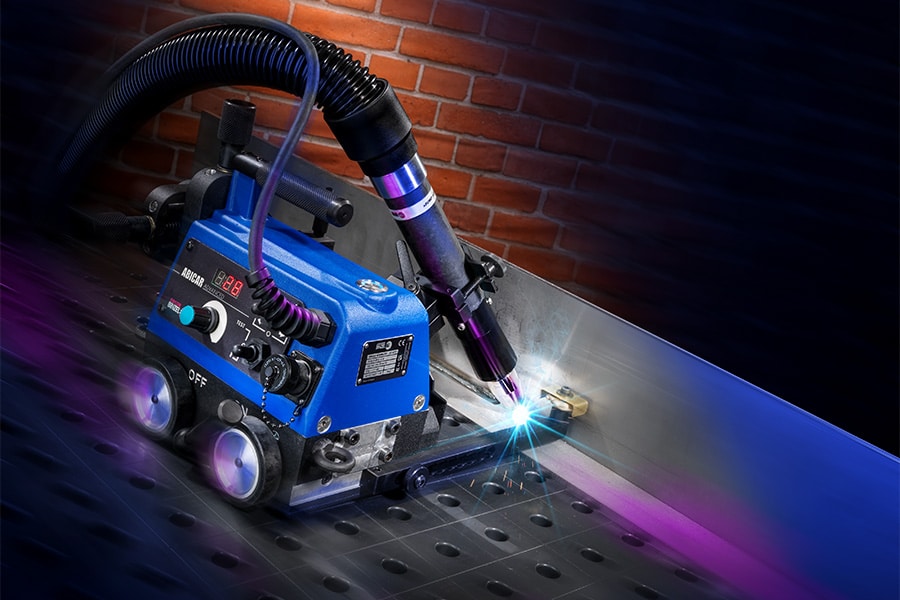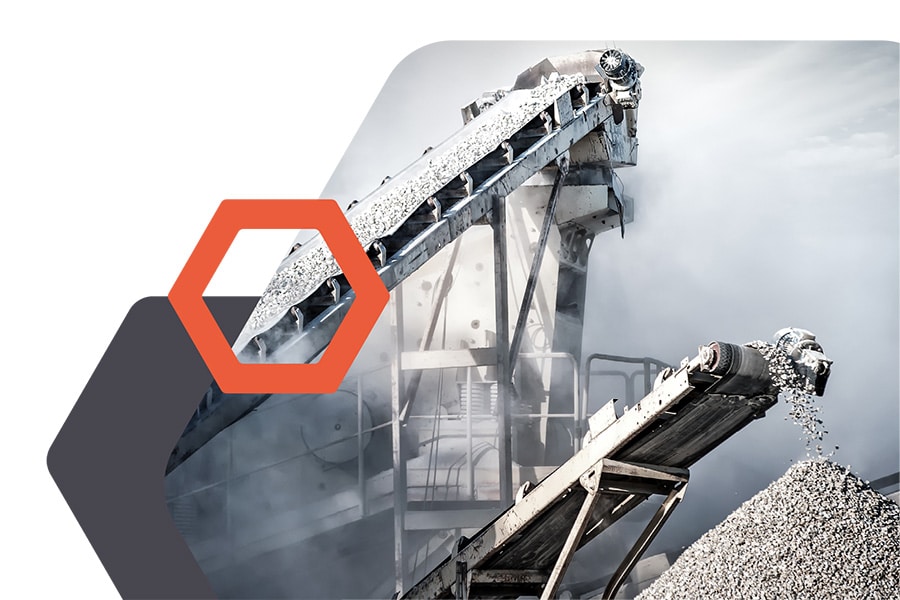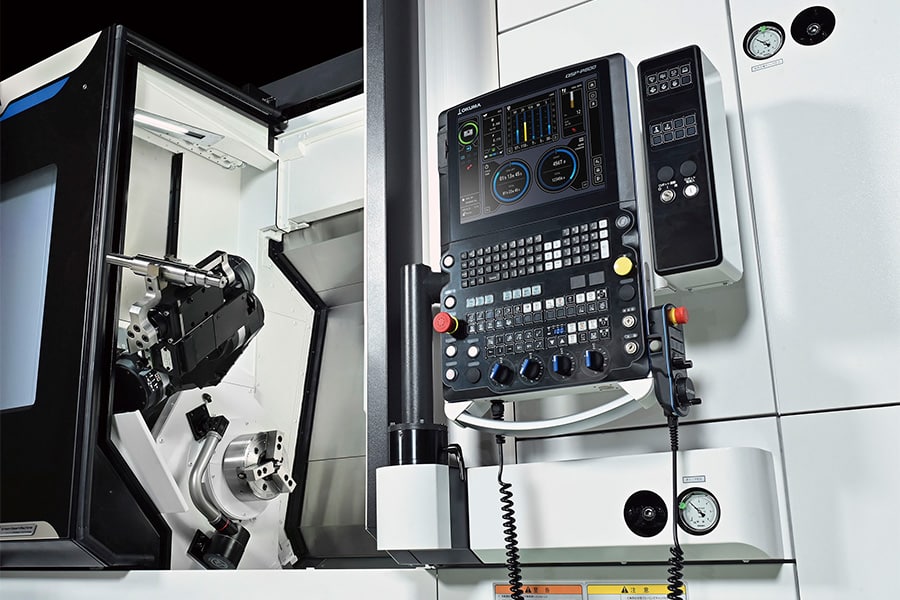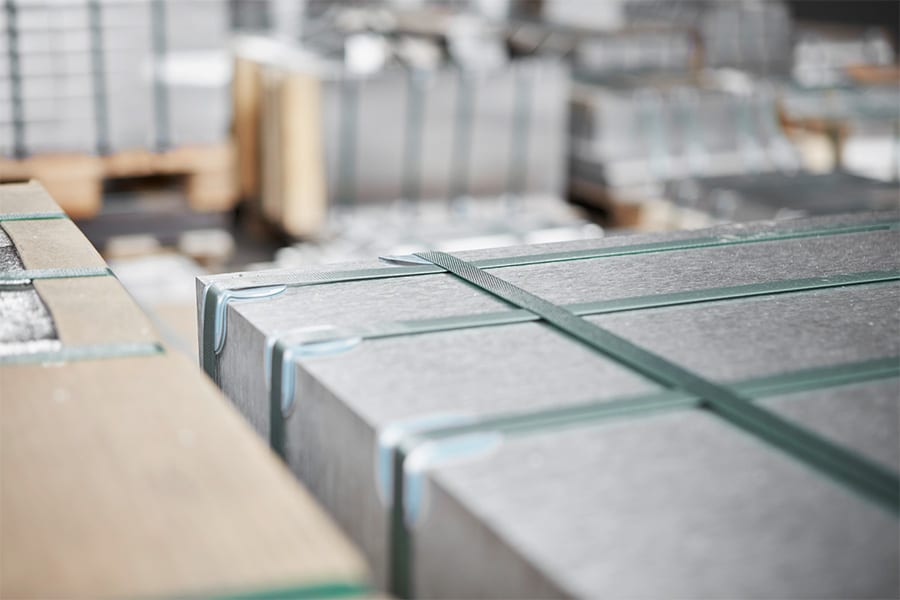
Why you should consider a folding cell again
"We don't do large series. Automation is nothing to us." Do you recognize yourself in these words? Yet it is more interesting than ever to make that thought exercise again. At the very least because new workers are hard to find. The software that controls folding cells has also become a lot more accessible. In other words, you don't need to have studied higher mathematics to generate the program. And it is also fast enough with only limited changeover times, so that small series are also increasingly coming into the folding robot's sights.
Robotized bending is nothing new under the sun. In the past, to justify such an investment, series sizes had to run into the thousands. But that is truly a thing of the past. Trust us. With the scarcity of new employees, the strongest brake on growth for most metal companies, even without technological advances, people would already dare to look more quickly in that direction. But then again, technology has not stood still either. The software that controls bending cells has become a lot more sophisticated. The result? Programming can be faster and simpler. If a piece returns regularly, it can give a good return on investment even from batch sizes of ten.
Everything from the folding software
The bottleneck in the past was really in the control of the cell. The operator had to program the movements of both the robot and the bending bench separately. If a collision occurred somewhere along the way with a component due to a misjudged movement of the robot arm, you could start all over again from that point. So an experienced bender was needed to take care of the programming. Someone who also understood exactly how a robot moves.
The programming software currently on the market eliminates all these complications. Everything is now done from within the folding software itself. There is less and less programming involved but rather configuration. The software now generates the program. Simulations then ensure that everything can be done collision-free. Just press the button and fold. Everything perfect from the first fold. The built-in angle measurements ensure this.
Ever longer autonomy
The robot does not necessarily do its folding work faster than a human operator. On the contrary. But he can make up for "lost" time by continuing to work at night or on weekends. And he doesn't get sick, either. Moreover, he is the extra pair of hands that is almost impossible to find in today's labor market. Manufacturers of bending cells also worked on the flexibility of their solutions. In addition to tool changers, different grippers are now ready to correctly pick up different pieces. With pistons, clamps and magnets. An evolution that increasingly stretches the autonomy of a bending cell. This is also a requirement on the Western European market. The series are definitely getting smaller. Those thousands from above are the exception rather than the rule. Then you need technology that can adapt to a new piece in a short time. And so that technology exists today.
Grouping pieces smarter
Are we all there then? No, for the most complex pieces, an experienced operator will still be able to make the difference. This is what the bending software allows. It is smart enough to want to learn. But there is also an increasing focus on more than one product. After all, there is still profit to be made by grouping certain pieces more intelligently. By playing with the order of your bending orders, you can reduce the number of tool changes and thus the changeover times even further. With a little cleverness, you can cut changeover times in half. A calculation that even the most experienced rotten
in the profession can make difficult, but which is a piece of cake for folding software with all its computing power.



